Hichiko Happo
2014Sumi ink on nine canvases200 x 100 cm each, 200 x 900 cm overall
Yoko Ono (b. 1933, Tokyo) is a pioneering figure in Conceptual and performance art. Ono’s artwork challenges conventional notions and raises fundamental questions about human existence. Certain themes have significantly marked her artistic career, such as her belief in the power of imagination, her political engagement, her sense of humor and love of the absurd, and her sensibility to issues such as international conflicts and the role of women in society. The artist’s own life experiences have shaped these convictions, moving her to play a leading role in pacifist, feminist, and other social movements. The fundamental components of Ono’s works are concepts rather than materials. Many of her pieces are poetic, absurd, or utopian; others are specific and practicable, but they all reflect the artist’s sense of humor and her pronounced socio-critical attitude. Some of her ideas are expressed as objects, while others remain intangible.
During the 1960s, Ono was a prominent figure in the New York avant-garde art scene and grew close to a number of fellow artists, such as composer John Cage (1912-1992), George Maciunas (1931-1978), who was a founding member of the Fluxus movement, whose principles included the transformation of quotidian actions into art, and filmmaker Jonas Mekas (b. 1922). In 1961, Maciunas gave Ono her first solo show—one of the earliest exhibitions of conceptual paintings and drawings in New York—at his AG Gallery. She returned to Tokyo in 1962, where she staged her first solo concert and exhibition at the Sōgetsu Art Center, an important experimental space for many artistic disciplines, which was active between 1958 and 1971. Upon her return to New York in 1964, Ono continued to stage her concerts and performances at Carnegie Recital Hall (1965) and other venues, and partook in several Fluxus events with collaborating artists such as Nam June Paik (1932–2006) and Shigeko Kubota (1937–2015). In 1966 Ono moved to London and participated in several performances at the Destruction in Art Symposium (DIAS), a major international event organized by Gustav Metzger and others that brought together leading artists, critics, and scientists to discuss the theme of destruction in art.
Hichiko Happo was created during a performance of Action Painting, a series that she began in 2011 and staged during her retrospective at the Guggenheim Museum Bilbao on March 12, 2014. Comprised of nine large-scale canvases placed adjacent on a wall in an auditorium, the artist wrote the phrase “seven happinesses and eight treasures” in Japanese across the canvases using a large brush and sumi ink. The expression stems from a tale Ono heard as a child about Yamanaka Shikanosuke, a Japanese samurai who vows to endure “seven misfortunes and eight sufferings” in order to spare the people of his city from misery. Impressed by this story, Ono decided to reverse the saying by adding positive words and applying them to her own life experience. By using sumi ink, Ono also alludes to the ancient tradition of Japanese painting and calligraphy. As she performs her Action Paintings internationally, each version develops distinct visual qualities, thereby making each set of canvasses unique.
Original title
Hichiko Happo
Date
2014
Medium/Materials
Sumi ink on nine canvases
Dimensions
200 x 100 cm each, 200 x 900 cm overall
Credit line
Guggenheim Bilbao Museoa Gift of the artist


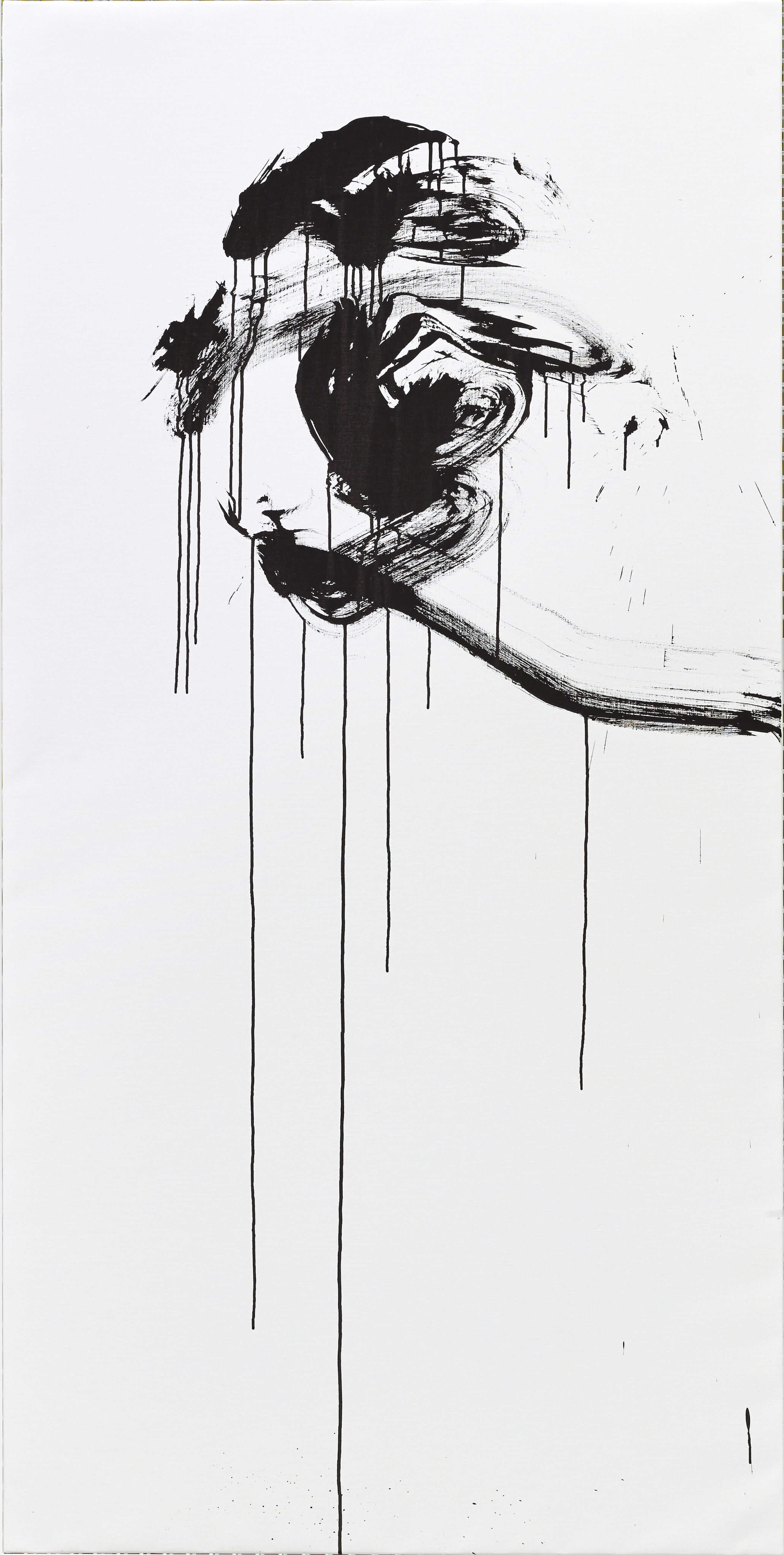
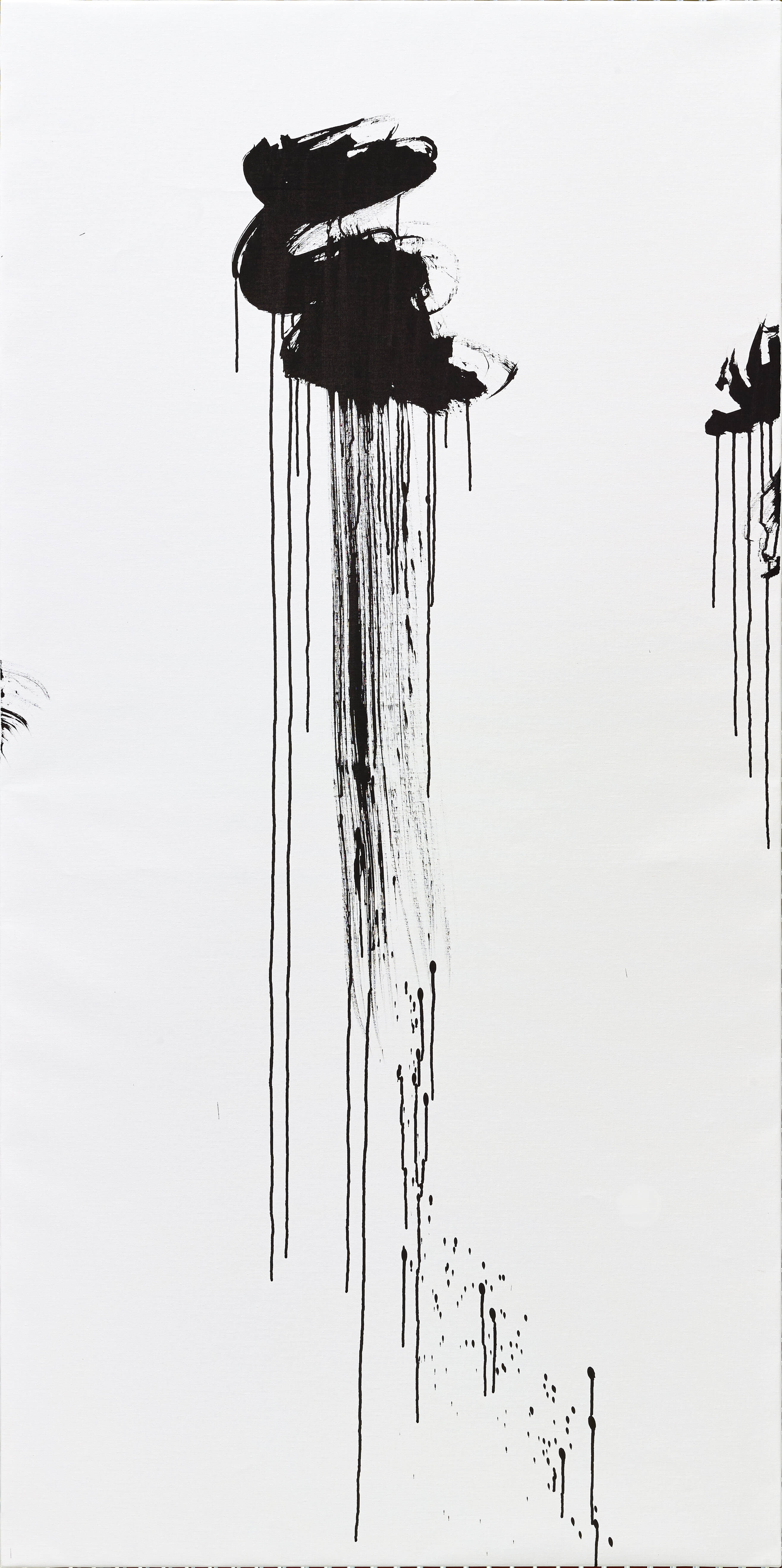
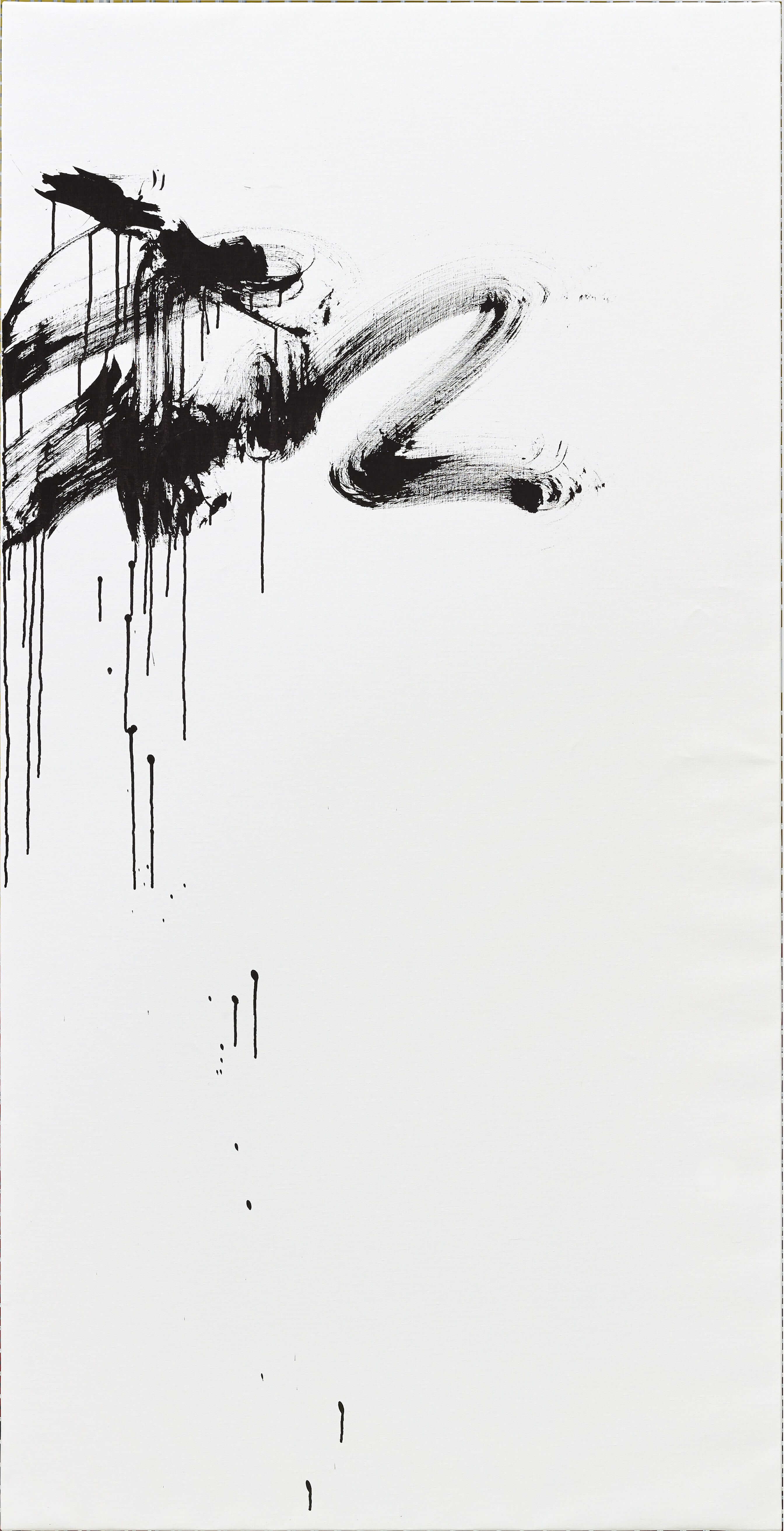
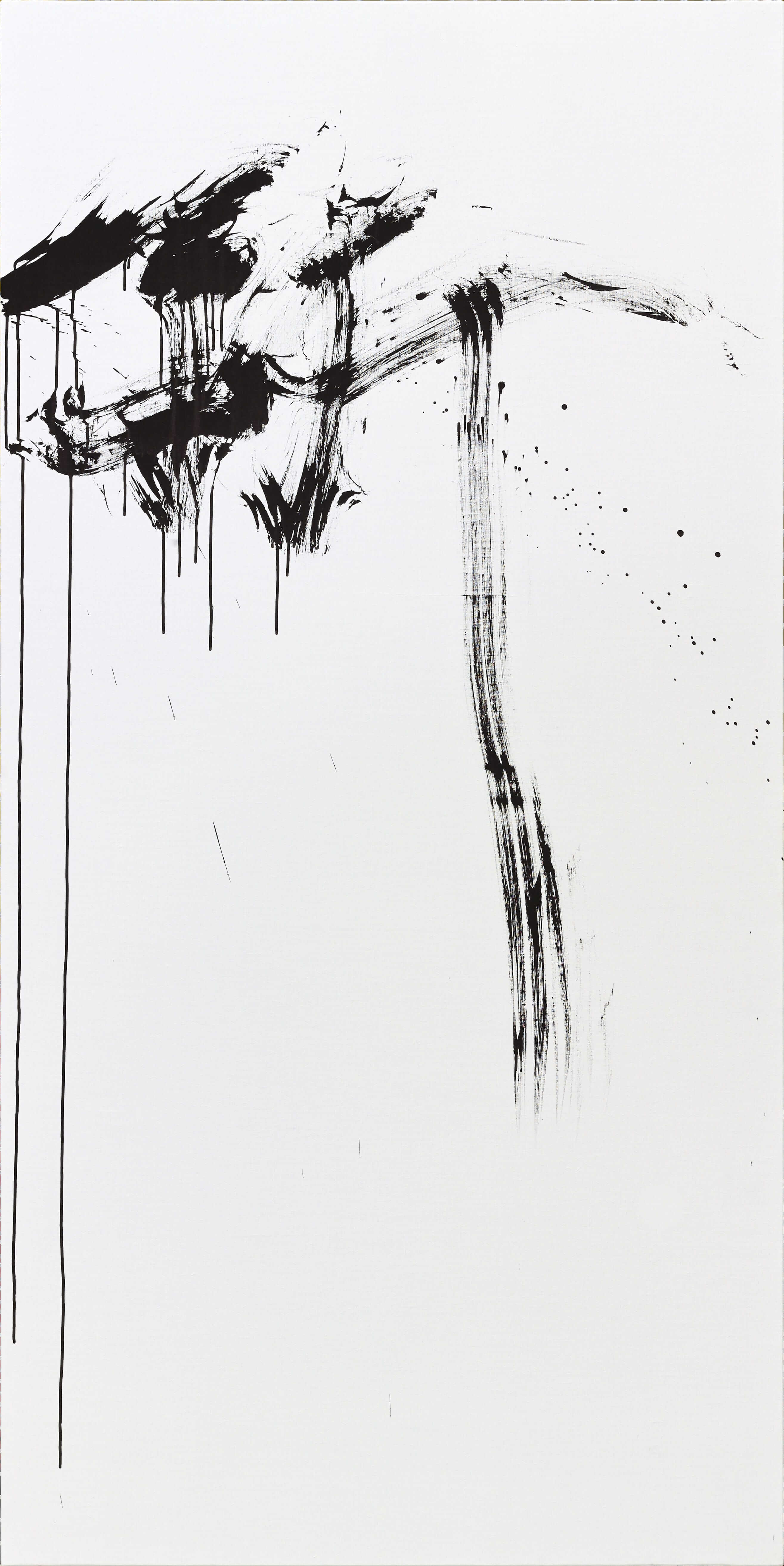
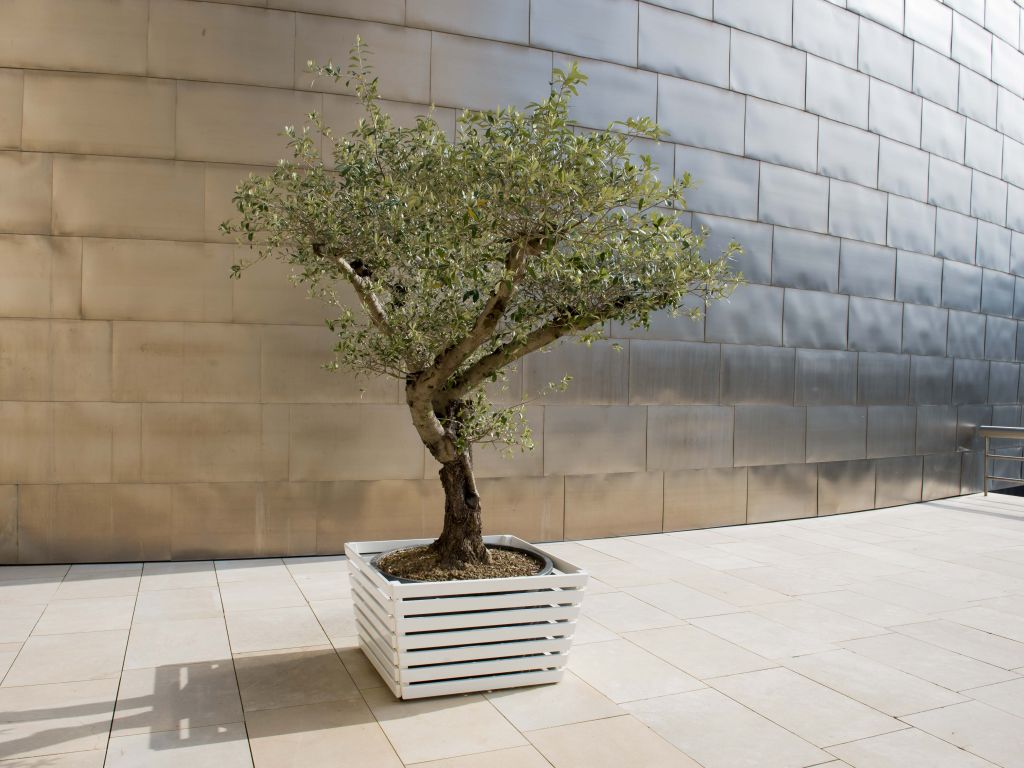




![Large blue Anthropometry [ANT 105] | Yves Klein | Guggenheim Bilbao Museoa](https://cms.guggenheim-bilbao.eus/uploads/2012/05/Klein_Y_La-gran-Antropometria-azul-1024x686.jpg)